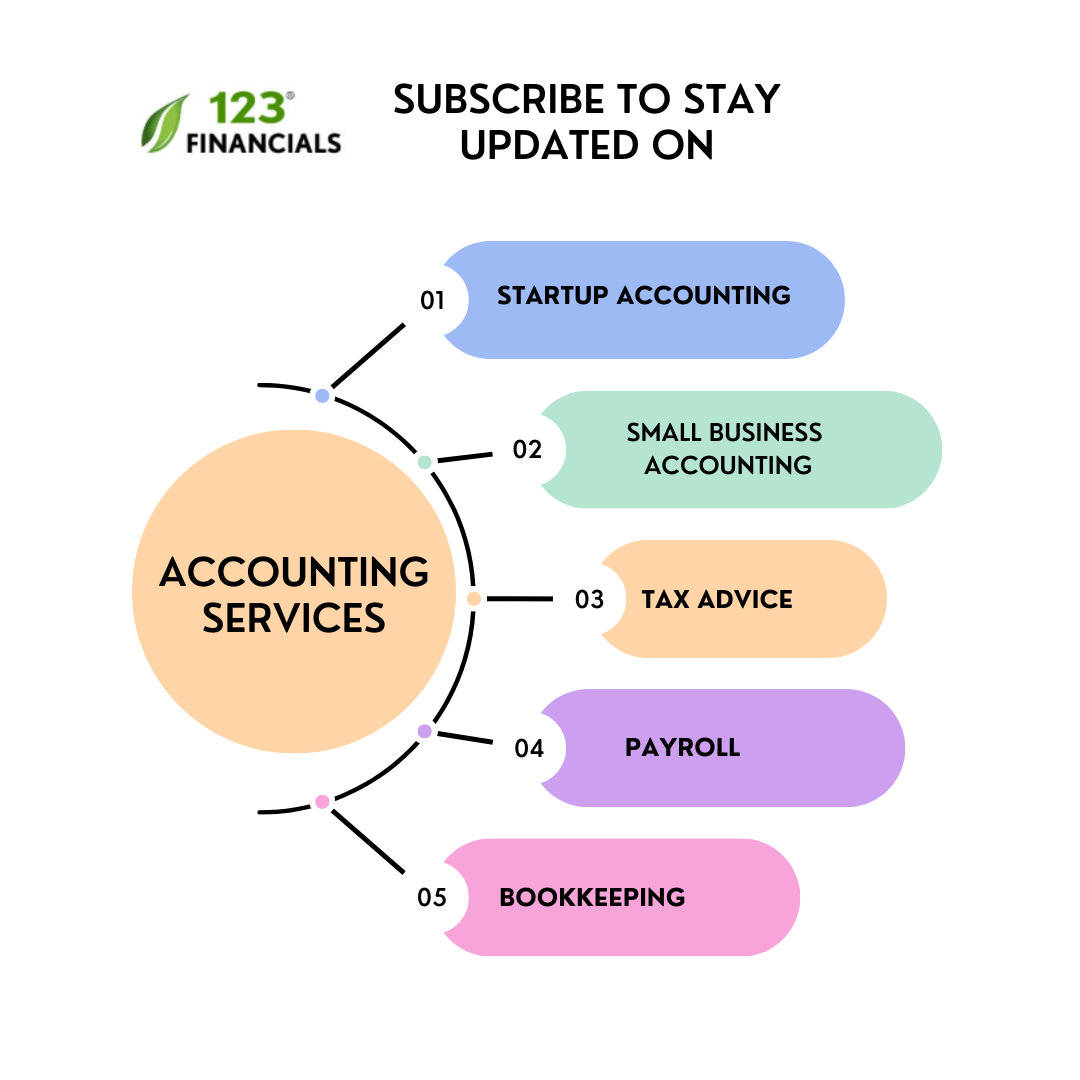Need an Accountant
Work with a London-based accountant for tax, accounting, payroll, & EIS/ SEIS needs.
Accounting is one of the essential science in the business world. While Creative Accounting is a description of accounting practices that are not considered illegal but may be somewhat out of the ordinary.
Companies do creatively manipulate financial data and information to get the desired response from some investors or for some other reasons.
To make this term clearer, we have gathered information about creative accounting.
This blog post is divided into the following sections:
- What is Creative accounting?
- Motives of creative accounting
- Techniques of creative accounting
- Examples
- Advantage of creative accounting
- Disadvantage of creative accounting
- Methods to limit creative accounting
What is Creative accounting?
Cambridge dictionary defines creative accounting as:
“The use of methods of recording financial information about a company, which are legal but which do not show the real situation clearly, usually making the company seem more successful than it really is.”
Financial statements or accounts provide information that is used by interested parties to assess the performance of managers and to make economic decisions. Users may assume that the financial information presented in the financial statements or accompanying documents is reliable and fit for its purpose.
Accounting laws and regulations attempt to ensure that reliable, consistent, and timely information is produced and disseminated to the intended users. That is the principal reason for having a broadly consistent and coherent set of accounting standards throughout the globe.
However, communications between users of the financial statements may be deliberately distorted by the activities of financial statement preparers who wish to alter the content of the messages being transmitted. This type of distortion or manipulation is often called as “creative accounting”. While opinions on the acceptability of accounting manipulation vary, it is often perceived as reprehensible.
Motives of creative accounting
Typically, the basic idea of creative accounting is based on finding the so-called loopholes in accounting standards to enhance financial statements and present the business in a positive light.
It can have a positive impact on business, but only when it is applied in a positive sense and the minimal scope.
Yet, it often happens that businesses cross boundaries of minimalism and abuse such practice, which can lead to fatal consequences.
The ultimate responsibility of preparation and presentation of financial statements lies with the board of directors of a company. In most cases, businesses’ management is responsible for the manipulation of financial reporting, as their instructions are followed by the employees responsible for financial statement preparation.
The main motives for applying creative accounting are:
- Obtaining personal gain
- Competition
- Attracting investors
- Increasing or maintaining the level of capital or gearing ration
- Avoid breaching loan covenants
- Buying time for not settling debts
- Beating analysts’ forecasts about future company performance
- And others
Techniques of creative accounting
In order to present their business in the best possible light, companies use various techniques to manipulate financial information.
Manipulations usually occur where accounting standards require accounting estimates.
The most widely used creative accounting techniques are:
- Manipulation of off-balance-sheet financing items
- Changes in accounting policies and depreciation methods
- Manipulation of other income and expense items
- Overestimation of revenues by recording fictitious sales revenues
- Manipulation of receivables write-offs
- Manipulation of accruals
- Window dressing
- Creative legal structures
- Use of derivatives
- Inappropriate accounting policies
- Poor impairment tests
- Assets not valued properly
Examples
1. Service contracts
For such case, imagine a company which supplies mobile phones has service contracts with customers.
The company will normally charge the amount upfront to the customers before carrying out any service work.
Let us suppose the accountant posts the amount a company charges the customers in the first quarter of the year. Yet, he records the work taking place in the second quarter.
The accounts for the first quarter will show a profit because there are no costs, but the second quarter will show a loss because there are costs but not any income.
Now, what happens if you only see the accounts for the first quarter? This is how you will get an unrealistic view of how the company is doing.
2. Loans
The company might lend money to someone connected to the business. And there may be some attempt to hide this transaction from people who read the accounts.
In such a case, one way is to set things up so that the borrower repaid the loan just before the end of the period. And then, a new loan of the same amount appears at the beginning of the next period.
3. Property or fixed assets valuations
Certain items of property or fixed assets are required to be reported at the fair value on the balance sheet. Fair value can be different from the purchase price.
But business can legally revalue the property to make the amount greater.
Management can twist the company’s apparent financial health by being ‘over-optimistic’ with the property’s revaluation.
Need an Accountant
Work with a London-based accountant for tax, accounting, payroll, & EIS/ SEIS needs.
Advantages of creative accounting
- Desired results: Creative accounting helps a business to set the required parameters, which is practically impossible.
- The business can show a smooth and good growing graph. In order to attract investors, the management adopts this technique to show steady profits and good revenue.
- Investors can be hopeful by seeing the future gains in your business’s budgeted accounts; this is how a business that makes losses can be benefited from creative accounting.
- The company, by adopting this method, can somewhere conceal the financial risk which they may tend to suffer.
Disadvantages of creative accounting
- Loss of investors: The business will always be at a high risk of losing its investors because in case the investors get to understand the manipulations, it will not be good for the business.
- Reputational risk: In the long run, in case if this is disclosed that the company does a creative accounting practice, then the expectation from the company by their clients will also be at risk; thus, the company may lose its business and dearly earned reputation.
Methods to limit creative accounting
Creative accounting is increasingly being used to manipulate financial data to achieve short term goals. This results in numerous accounting scandals with huge consequences; it is necessary to establish efficient methods and control mechanisms to limit or minimise manipulation of financial information. Efficient techniques for preventing creative accounting include:
- Adaptation and application of accounting standards in terms of limited use of estimates and consistency in the application of accounting methods
- Recognising and insisting on the role of internal and external audit in identifying and reporting unfair estimates, and preventing accounting manipulations
- Frequent change of audit service providers
- Hiring independent members and directors of the audit committee
- Establishing effective corporate governance controls
- Company persistence in developing a whistleblower policy
- Training regarding the code of ethics
- Placing emphasis on the development and application of forensic accounting
- Long terms incentives and remuneration policies


















